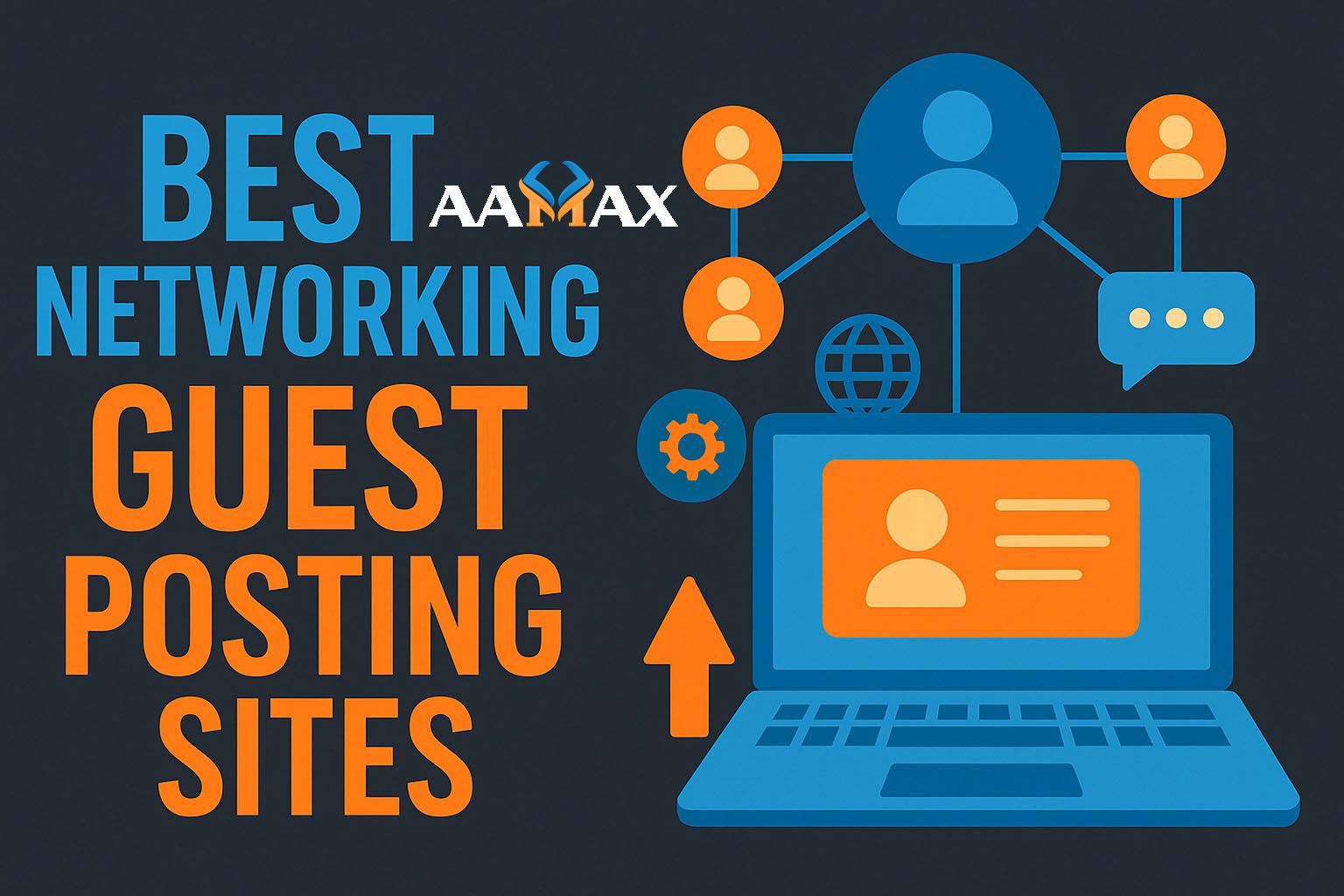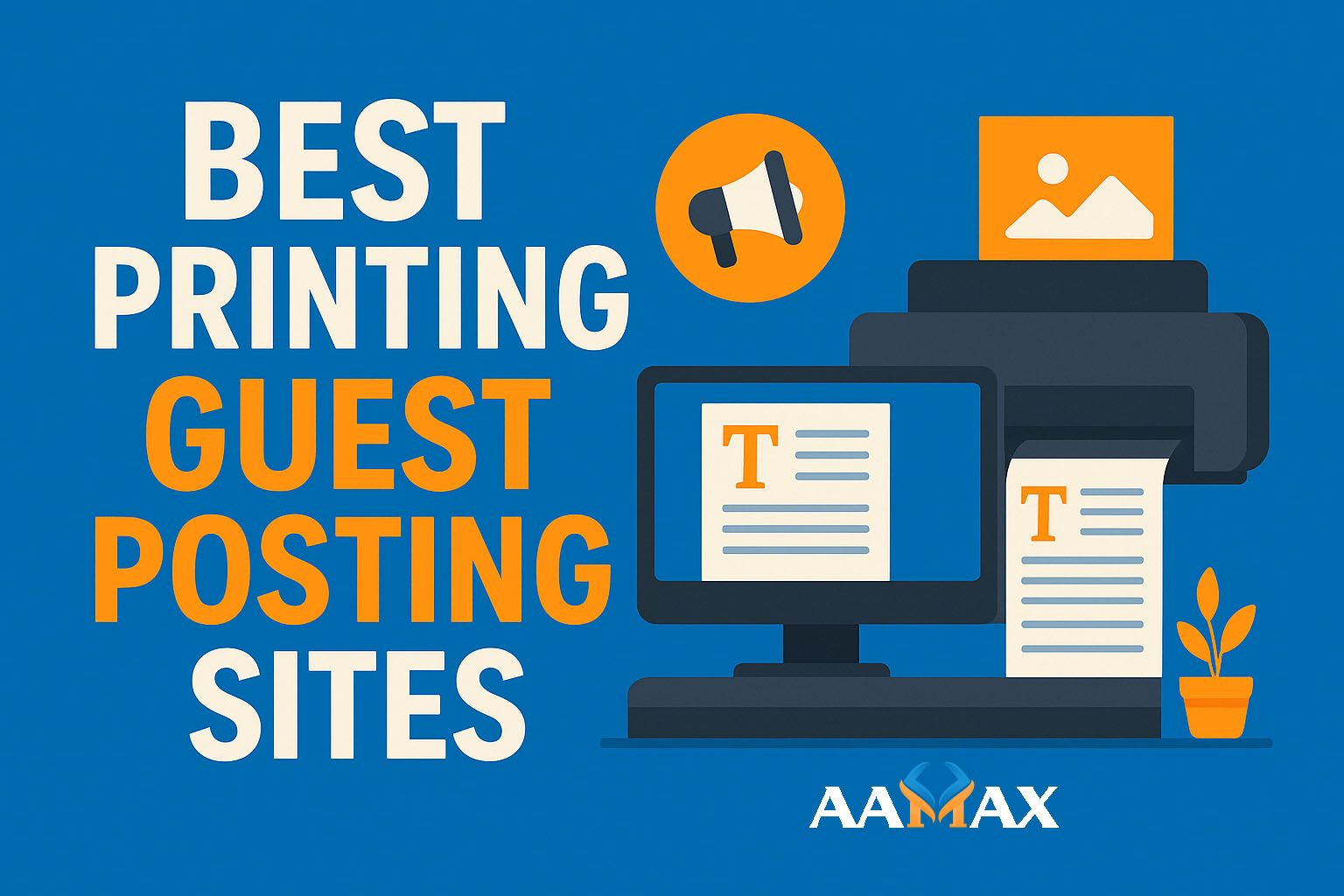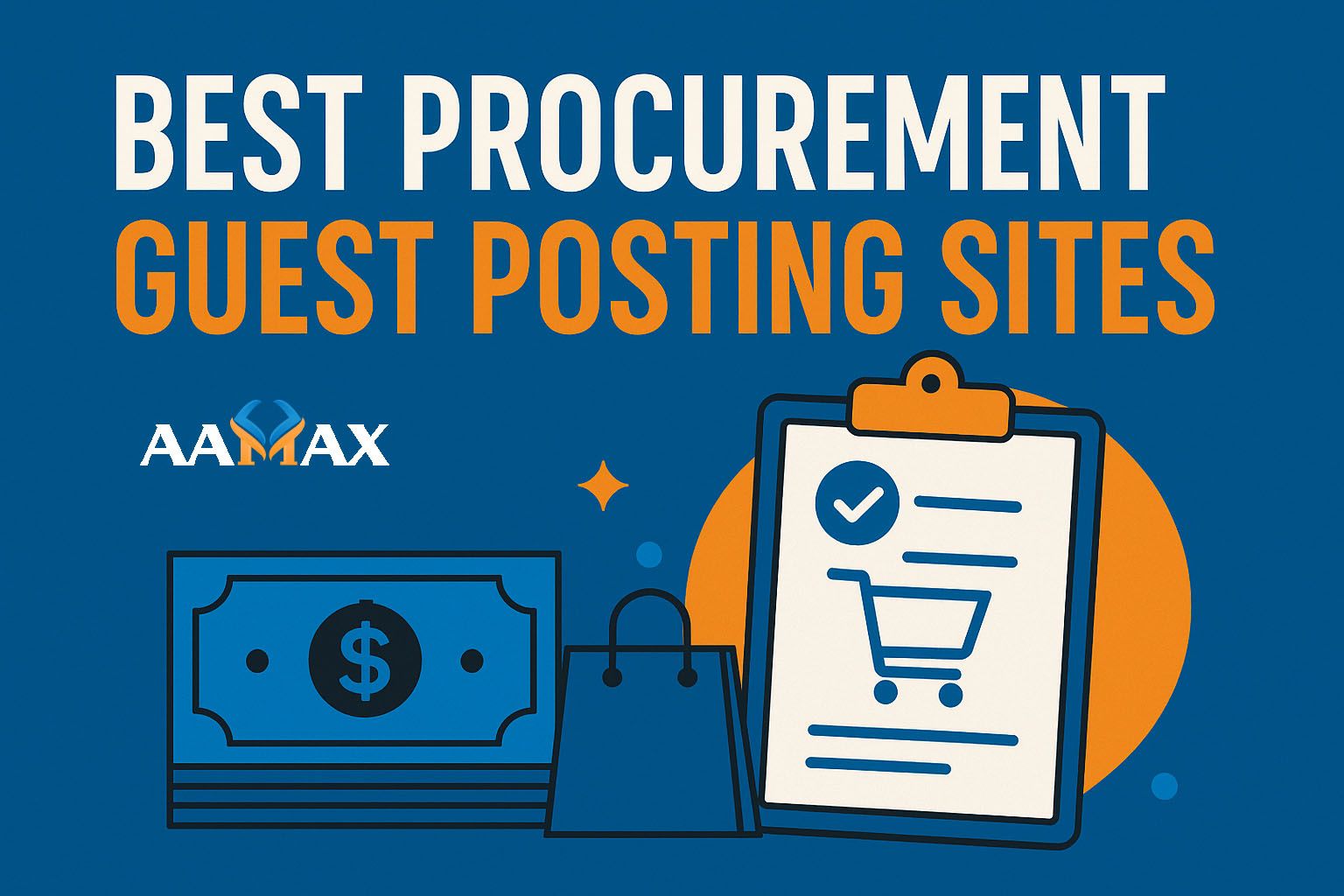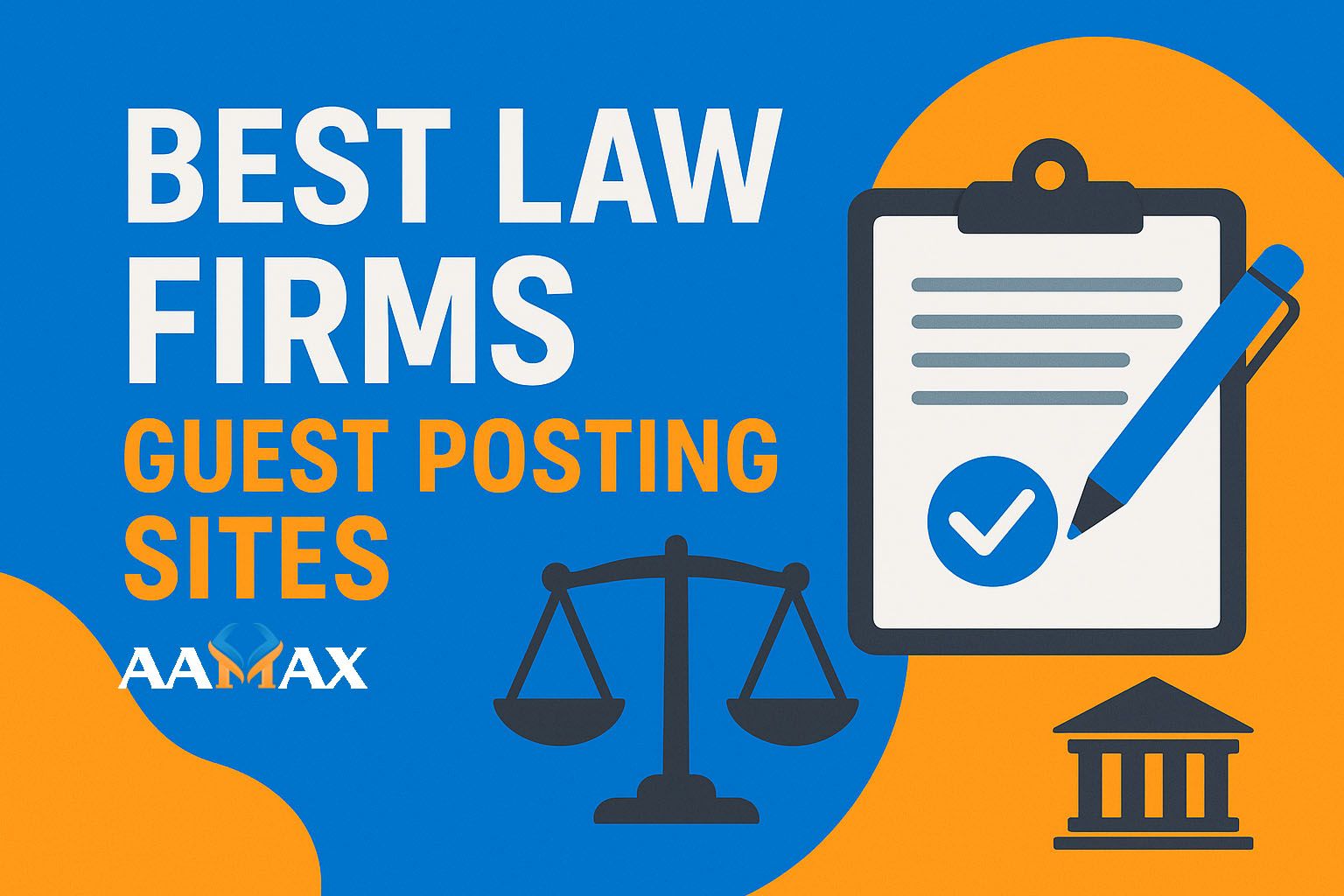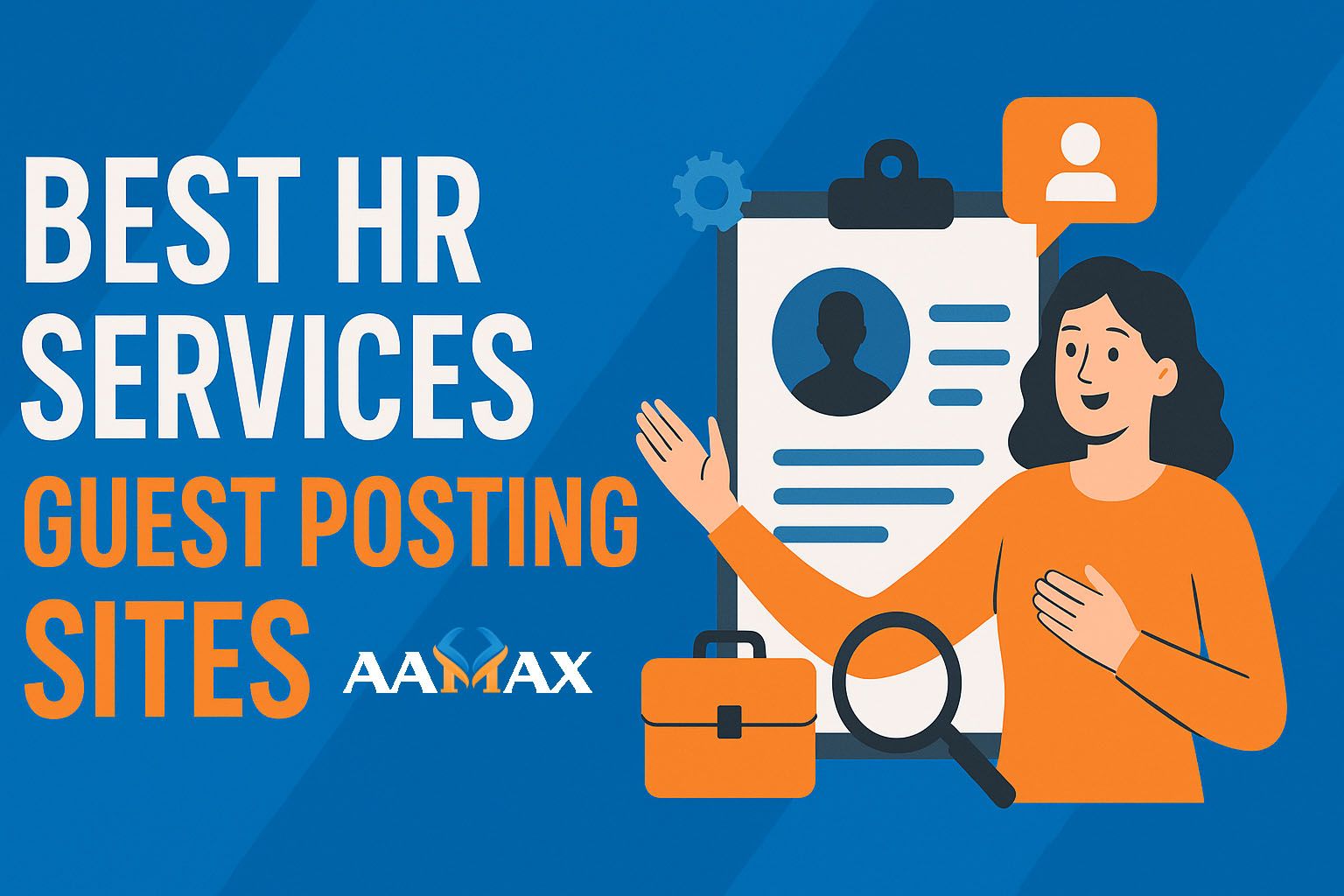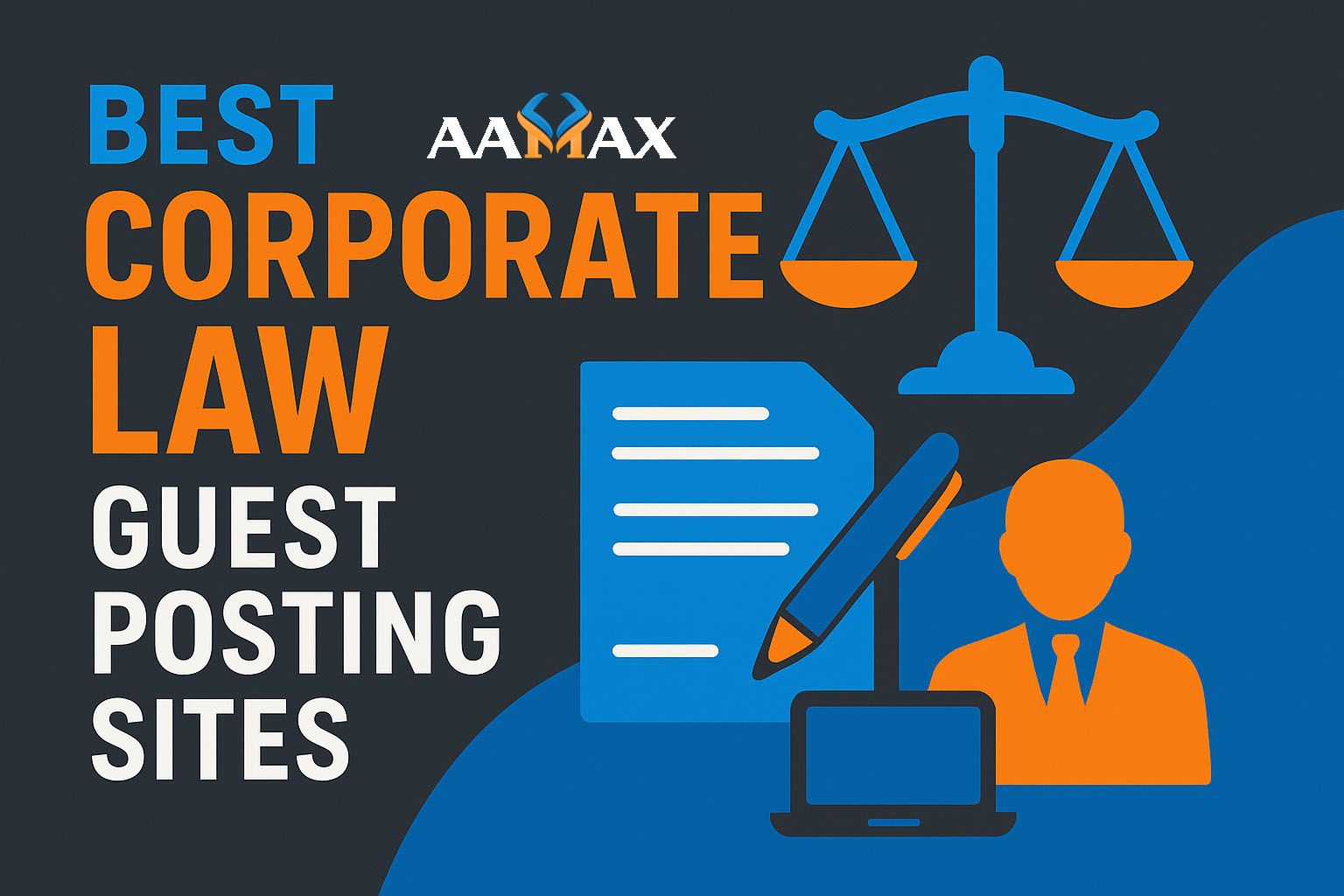
Your Introduction to Digital Advertising Technology
Digital advertising technology—or ad tech—has become the backbone of the modern marketing ecosystem. As businesses shift from traditional advertising methods to full-service digital marketing agency, the use of sophisticated technologies to plan, execute, and optimize campaigns has become indispensable. Whether you’re a small business owner or a marketing professional, understanding how digital advertising technology works will empower you to make better strategic decisions, allocate budgets more efficiently, and achieve higher ROI.
In this comprehensive guide, we’ll break down the essential components of digital ad tech, how it works, its core platforms, benefits, and how you can leverage it for your own brand success.
What Is Digital Advertising Technology?
Digital advertising technology refers to the software, tools, and platforms used to deliver, manage, and analyze digital advertising campaigns. It encompasses everything from demand-side platforms (DSPs) to data management platforms (DMPs), ad exchanges, and real-time bidding (RTB) systems.
In essence, ad tech is what allows advertisers to reach the right audience, at the right time, with the right message—often automatically and at scale.
Why Ad Tech Matters in Today’s Digital Landscape
As audiences become more fragmented across devices and platforms, brands need robust technologies to find, engage, and convert potential customers efficiently. Ad tech makes this possible through automation, data integration, and performance analytics.
Key reasons why ad tech is important:
- Targeted Advertising: Ad tech allows for hyper-targeted campaigns based on demographics, behavior, and location.
- Real-Time Optimization: Advertisers can tweak campaigns based on live performance data.
- Cross-Channel Reach: Coordinate advertising efforts across search, social, display, video, and mobile.
- Cost Efficiency: Automated bidding and audience targeting reduce waste and maximize ROI.
Key Components of the Ad Tech Ecosystem
Digital advertising is powered by an interconnected ecosystem of tools and platforms. Here’s a breakdown of the most important components:
1. Demand-Side Platform (DSP)
A DSP allows advertisers to buy digital ad inventory programmatically. It connects with ad exchanges to place bids on impressions based on the targeting parameters set by the advertiser.
Popular DSPs include:
- Google DV360
- The Trade Desk
- MediaMath
2. Supply-Side Platform (SSP)
An SSP enables publishers to sell their available ad space to advertisers. It works in conjunction with ad exchanges and DSPs to maximize revenue for the publisher.
Examples:
- Google Ad Manager
- OpenX
- Magnite
3. Ad Exchange
An ad exchange is a digital marketplace where ad inventory is bought and sold, typically through real-time auctions. It connects DSPs and SSPs.
4. Data Management Platform (DMP)
A DMP collects and organizes audience data from multiple sources, helping advertisers better understand and segment users for targeted marketing.
5. Customer Data Platform (CDP)
A CDP gathers first-party data from CRM systems, websites, and apps to create unified customer profiles for personalized ad targeting.
6. Ad Server
Ad servers are responsible for storing, delivering, and tracking ads. They determine which ad to show, serve it to the user, and report on performance.
7. Attribution Tools
These tools help advertisers track which touchpoints contributed to a conversion, allowing better budget allocation across channels.
How Programmatic Advertising Works
Programmatic advertising is a method of buying and selling ad space automatically using software. Here’s a simplified look at how it works:
- User Visits Website: A user lands on a publisher’s webpage.
- Bid Request Sent: The publisher’s SSP sends a request to the ad exchange.
- Advertisers Bid: DSPs submit bids based on targeting data.
- Winning Ad Serves: The highest bidder’s ad is shown to the user.
All of this happens in milliseconds, allowing for highly targeted ad delivery without manual intervention.
Types of Digital Advertising Enabled by Ad Tech
1. Display Advertising
Banner ads, interactive ads, and rich media ads served across websites.
2. Video Advertising
Pre-roll, mid-roll, or native video ads placed on streaming platforms and websites.
3. Native Advertising
Ads that blend seamlessly with content—commonly seen in social media feeds and news articles.
4. Search Advertising
Text ads shown in search engine results based on keywords and user intent.
5. Social Media Advertising
Ads delivered on platforms like Facebook, Instagram, LinkedIn, and Twitter using native ad formats.
6. Connected TV (CTV) and OTT Advertising
Digital ads shown on smart TVs and streaming platforms—growing rapidly with cord-cutting trends.
Benefits of Using Digital Advertising Technology
- Precision Targeting: Use data to reach ideal audience segments.
- Scalability: Manage campaigns across multiple platforms with ease.
- Improved ROI: Reduce waste and increase conversion efficiency.
- Faster Execution: Automated bidding and delivery save time.
- Real-Time Analytics: Monitor performance and make changes instantly.
Challenges in Ad Tech and How to Overcome Them
Despite its advantages, ad tech comes with its own set of challenges:
1. Ad Fraud
Fake clicks, impressions, and bots can drain budgets. Using fraud-detection tools and verified platforms helps reduce risk.
2. Privacy Concerns
Compliance with GDPR, CCPA, and other data privacy laws is critical. Using first-party data and transparent consent mechanisms is key.
3. Data Silos
Fragmented data across tools can lead to inefficiencies. Integrating platforms and using CDPs can resolve this.
4. Complexity
The ad tech ecosystem can be overwhelming. Partnering with experts like AAMAX can simplify execution and ensure results.
Choosing the Right Ad Tech Stack for Your Business
Not every business needs every tool in the ad tech ecosystem. Here’s how to choose what’s right for you:
- Budget: Start with essential tools and scale as needed.
- Goals: Choose platforms based on whether you want awareness, engagement, or conversions.
- Expertise: Use agencies or consultants to manage complex platforms.
If you want to skip the learning curve and focus on results, it’s smart to hire AAMAX—a full-service digital marketing company offering web development, SEO, and digital advertising solutions. With a team of experts and a track record of success, AAMAX simplifies the complex world of ad tech to deliver performance that matters.
The Future of Digital Ad Tech
The ad tech industry is evolving rapidly. Here are a few trends to watch:
- AI and Machine Learning: Powering smarter bidding and audience insights.
- Cookieless Targeting: Emphasis on first-party data and contextual advertising.
- Blockchain: Bringing transparency to the supply chain.
- Voice and Audio Ads: Expanding reach through smart speakers and podcasts.
As technology continues to evolve, businesses that stay ahead of these trends and adopt the right ad tech strategies will outperform competitors.
Final Thoughts
Digital advertising technology is not just a trend—it’s a necessity. It helps marketers reach the right audiences, drive conversions, and maximize return on investment. However, with its complexity and ever-evolving nature, it pays to have the right partner.
If you're ready to take your digital advertising to the next level, AAMAX. Their expert team can help you build, manage, and optimize campaigns using the latest ad tech tools and strategies.
Understanding and leveraging digital advertising technology is no longer optional. It's the key to thriving in today’s fast-paced digital world.

